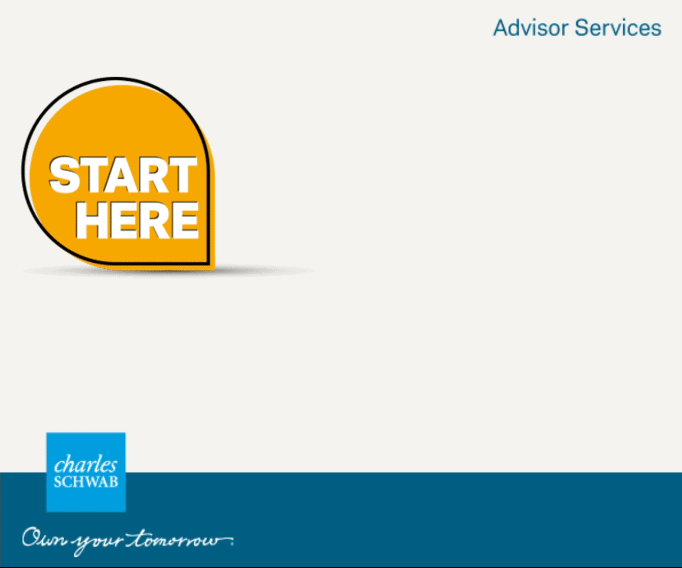We are all familiar with how quickly our world is changing around us. Due to rapid technological advances and pandemic era business disruptions, one of the struggles this presents for the business world is the constantly changing and ever-expanding requirements of necessary skills. The pace of digital and industry advancement is demanding employees to learn more skills to stay current while the half-life of skills continues to shorten. According to Gartner, the number of skills needed for a single job has increased by 10% per year, and 33% of employees’ skills are rendered obsolete every three years. This ever-changing landscape presents organizations with the challenge of adapting quickly to stay competitive and relevant in this new era.
To combat the changing nature of skills, companies can apply three different types of skill management approaches: reactive, predictive and dynamic.
Reactive
Companies wait until after a skill need becomes apparent, setup a learning and development plan and then work towards reskilling employees. This approach is targeted to an existing need, but slow to solve the problem at hand. When a reactive approach is used, employees will end up applying only 54% of the new skills they learn after 12 months.
Predictive
Companies create a plan and designate a team of experts to foresee a need or a skill gap. Then they use future minded trainings to better prepare their employees in advance. Due to the current nature of business being so volatile, employees will only end up using 37% of new skills taught to them when using this approach.
Dynamic
A dynamic skills approach helps keep skills up to date with market demand and changes to the workforce, all while staying updated in real time for optimal growth. Since this approach helps deliver the right trainings to employees at the right time, studies show that employees utilizing a dynamic skills approach end up applying 75% of the new skills they learn.
What are Dynamic Skills?
“A dynamic skills approach anticipates skill shifts as they are occurring—rather than predicting the future—and adapts to those shifts in an iterative, course-corrective way.” (Human Resources Director, 2022)
How to Implement Dynamic Skills
The first step of building a dynamic skills-based organization is to identify which skills need attention. Many organizations may have their own skills taxonomy or utilize a skills framework system. These are a great starting point to help businesses understand which skills are out of date. To support real-time updates, your solution will need a way to populate your changing skills. This can be accomplished by manually updating your skills taxonomy when changes occur in the market or by utilizing an automated solution that can support these real-time changes for you.
Manual Process
For a manual approach, L&D and HR teams will need to work together to come up with an organized skill inventory system that is mapped to the organization’s unique skill requirements. Once this process is built out, skills gaps can be identified and skills to improve job performance can be quickly adjusted to keep up with industry demands. Communication and evaluation between the organizations’ skill leaders and employees is key to ensure the system created is constantly staying updated and relevant to the tasks at hand. Without a proper feedback loop, it can be hard to know if the measures teams are taking are making a real difference in closing those skill gaps and preparing properly for the future. Due to the large amount of data that needs to be collected, stored, updated and analyzed, businesses may opt for an automate approach to creating a dynamic skills system.
Automated Process
Automation and AI can be useful tools to not only identify, track and update skills, but also integrate them with your company’s skill requirements. Some labor market providers can integrate directly into a competency management system to be a direct feed of the latest skills data. Best of breed competency managers leverage artificial intelligence to learn and predict how skills are changing within a given organization. Once you have labor market data flowing back into your management system, you now need to make sure that it matches how your organization defines these skills. This is required because labor market data is not tailored to a given organization and your organization may view skills slightly differently than the rest of your industry. This is where your intelligent solution can help with the data mapping that is needed to be more efficient and rid yourself of the manual labor involved. With your automated dynamic skills process in place, your organization’s skills will adapt with the changing market demands and your employees will be better equipped to meet the current requirements of work.
Modern organizations are being forced to adapt their mindset and processes to stay relevant in a world of rapidly changing technology and skills. There are three skill management approaches you can use to combat this issue, reactive, predictive and dynamic. When building out a skills and competency management system, taking a dynamic skills approach can drastically improve the percentage of skills that employees end up utilizing. Setting up a skills management program can cost L&D and HR teams lots of time and energy to make sure it says relevant and competitive, but an automated competency management system can help keep the process updated and managed in real time. Setting your organization up to adjust quickly to skill shifts as they are occurring is critical. These rapid course corrective adjustments keep your employees consistently prepared for the work of today as well as the work of tomorrow.


